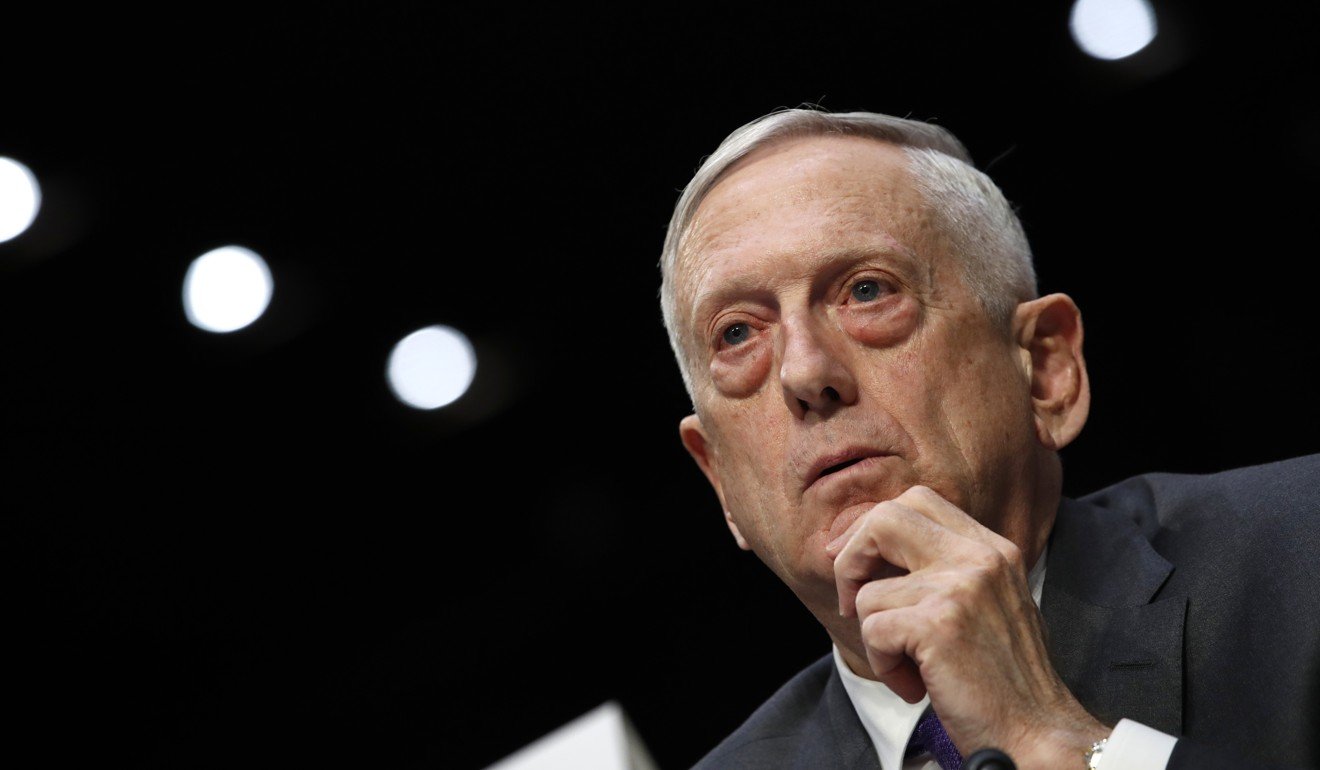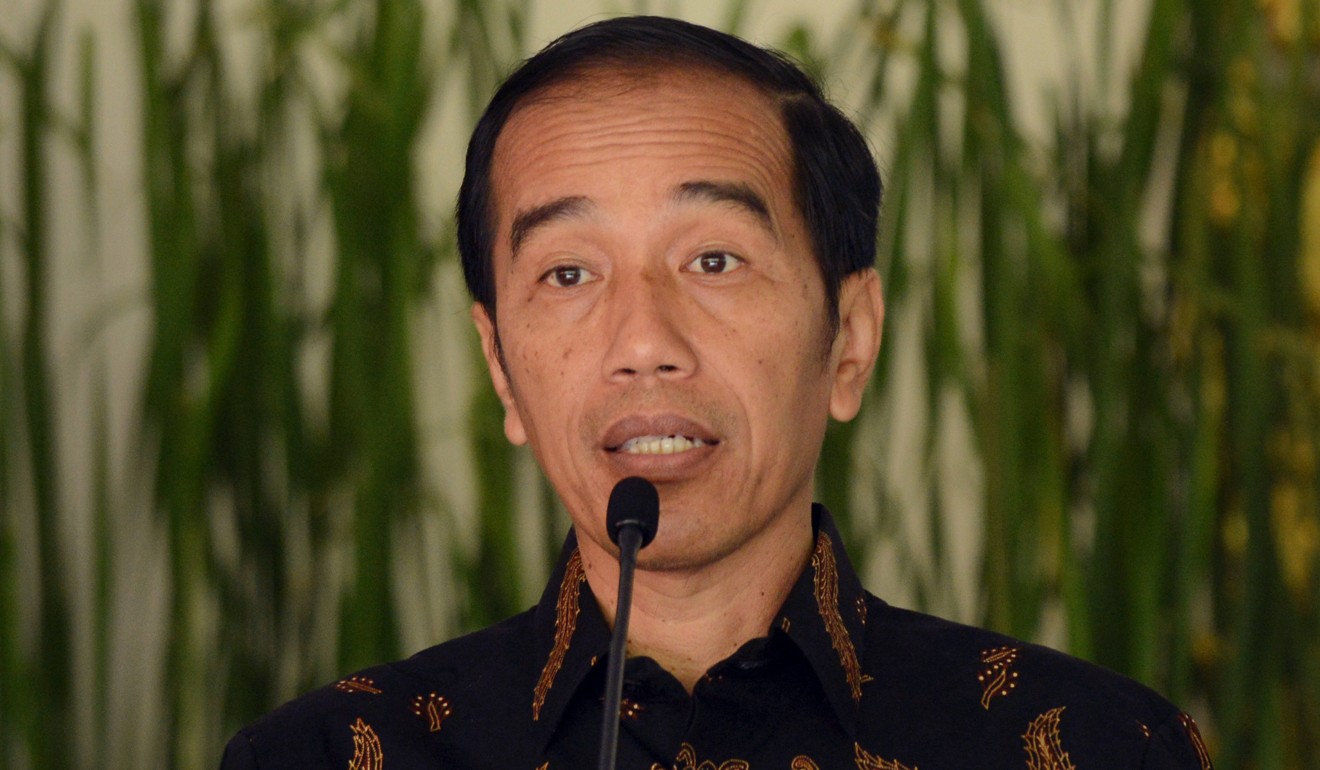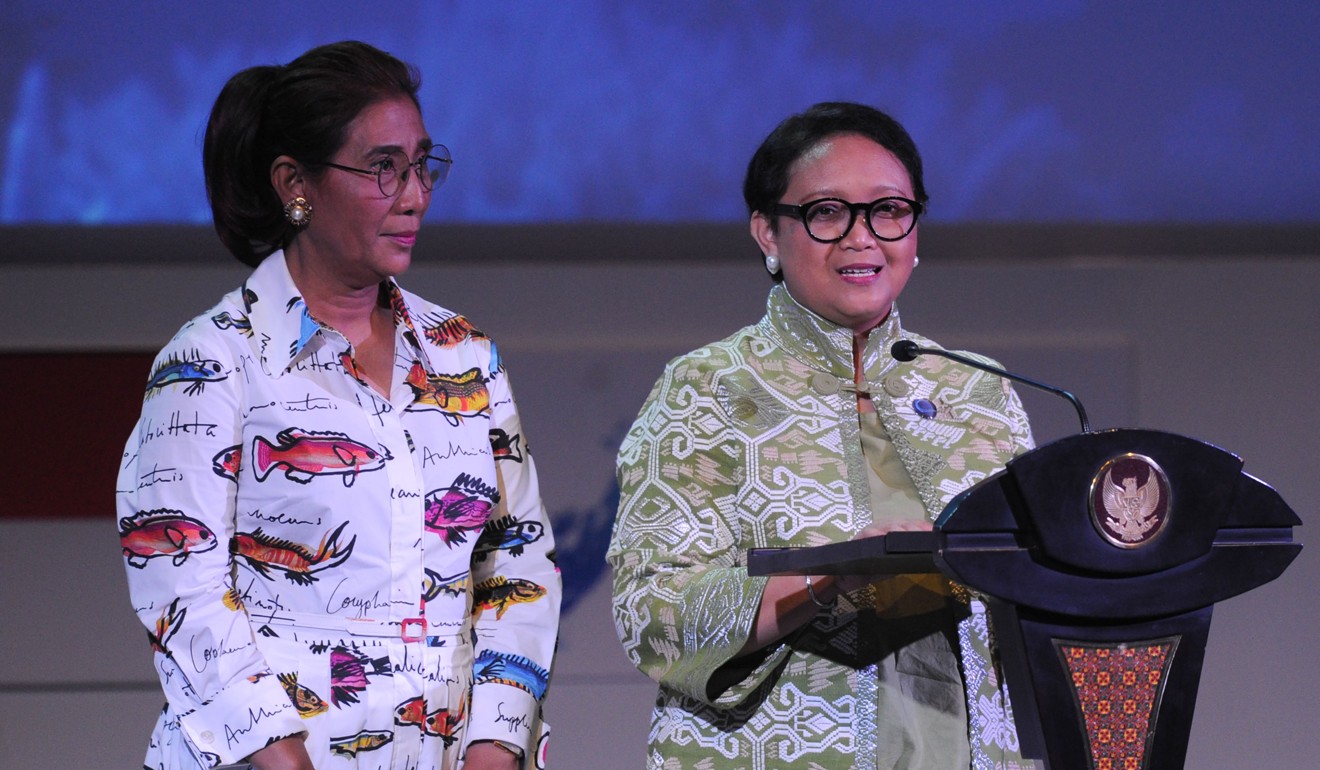
How Indonesia keeps maritime tensions from defining its relationship with China
- Richard Heydarian writes that as the southeast Asian nation begins to assert its interests, it could find itself at loggerheads with Beijing
- For now, Jakarta’s default policy is to solidify the nation’s role as a balancing force among rival powers
“Let her sleep, for when she wakes she will shake the world,” Napoleon Bonaparte once memorably said about the immeasurable potential of China.
The French emperor’s foreboding, however, could equally apply to Indonesia, which stands at the heart of the “Indo-Pacific” realm, the new dominant geopolitical framework of the 21st century.
As Indonesia begins to assert its interests commensurate to its growing geopolitical weight, it could soon find itself at loggerheads with emerging naval powers, particularly China.
For now, Indonesia’s default policy is to solidify its role as a balancing force among competing powers. This stubborn instinct for non-alignment was fully on display during the recent Second Jakarta Geopolitical Forum, organised by the influential Indonesian National Resilience Institute (Lemhannas), which brought together experts from across the Indo-Pacific to discuss the future of the mega region.

Statements from senior officials and experts in the country reflect Jakarta’s obstinate preference for engagement over confrontation, multilateralism over minilateralism, and a low-key regional developmental role rather than projecting naval power overseas.
By and large, Indonesia is still relatively an inward-looking laid-back power. This is partly due to its daunting geography, composed of 17,000 islands stretched across 4,700km (3,000 miles) from Aceh to Papua.
Inside the government-run war room fighting Indonesian fake news
A young developing country, the past century saw Indonesia leaders mostly focusing on consolidating their disparate nation under a unifying ideology, Pancasila.
More than a decade of stable democratisation and robust economic growth, however, has made the country a more self-conscious power.
Throughout his presidential campaign in 2014, Indonesian president Joko Widodo, also known as Jokowi, prominently called for the transformation of the country into a global maritime nexus, a critical node in the increasingly integrated Indo-Pacific ecumene.

True to his words, Indonesia has taken an increasingly vocal stance on regional maritime disputes, especially in the South China Sea. During his visit to Tokyo in 2015, Jokowi reiterated Jakarta’s commitment to remain as a neutral mediator, but went a step further and openly criticised China’s rising maritime assertiveness in adjacent waters.
Two factors have been driving Indonesia’s increasingly proactive maritime policy. For Jokowi, a former provincial town mayor, one primary concern is developmental, namely protecting the livelihood of Indonesia’s 2.4 million-strong fishing community.
US may upset Beijing after it backs Indonesian claim on South China Sea near Natuna islands
According to the United Nations, illegal fishing is costing the country at least US$1 billion a year in lost marine resources, driving around 45 per cent of local fishing households out of a job over the past decade.
To deal with the crisis, Jokowi appointed the feisty Susi Pudjiastuti as minister of maritime affairs and fisheries. She adopted the infamous “Sink the Vessels” policy, despite opposition from vice-president Jusuf Kalla and the influential Coordinating Maritime Affairs Minister Luhut Binsar Panjaitan.

Over a weekend last year, Susi, who survived multiple cabinet reshuffles, ordered 81 vessels caught for illegal fishing blown up as a form of deterrence. Hundreds more suffered the same fate under her watch.
As a result of her tough policy, fishing stocks have more than doubled, while most of the 10,000 foreign illegally fishing boats, mostly from Chinese and Vietnam, have disappeared.
More broadly, Indonesia is concerned about the potential overlap between the southern tip of China’s vaguely demarcated nine-dash line claims with the energy-rich waters of the Natuna Islands. Back in 2014, former vice-admiral Desi Albert Mamahit bluntly said that China’s growing maritime presence in the area was “clearly a real threat for Indonesia”.
Since 2009, there have been multiple maritime incidents in the area, with Indonesia coastguard vessels jostling with their Chinese counterparts, who have been protecting Chinese fishermen straddling overlapping fishing grounds between the two countries.
Jakarta is shunning any explicit regional alliance against Beijing, which it views as a major stakeholder in creating a stable and prosperous Indo-Pacific order.
In response, in July last year Indonesia renamed the waters off the Natuna Islands the North Natuna Sea, stepped up its military presence in the Riao Islands in the area, and rapidly increased its overall defence budget, with a growing focus on acquiring advanced naval and air force assets. In 2014, Indonesia increased its defence spending by a staggering 14 per cent.
Since 2013, Indonesia has more openly pressured China to clarify the clear extent and legal validity of its claims in the area. As former minister Purnomo Yusgiantoro explained, Jakarta is particularly concerned with protecting the East Natuna field, formerly known as Natuna-D Alpha block, one of the world’s largest offshore energy projects.
Hedging against China, Indonesia has also quietly stepped up its joint naval exercises with the United States near the disputed areas. Over the past year, both US Defence Secretary James Mattis and US Secretary of State Mike Pompeo have visited Jakarta to reiterate their commitment to stronger defence cooperation as part of preserving a free and open Indo-Pacific, underscoring Indonesia’s growing centrality to America’s regional resistance against China.
Has Widodo’s running mate found key to beating extremism?
In March this year, during the Australia-Asean summit in Sydney, Jokowi even called for joint patrols in the South China Sea amid growing concerns over China’s reclamation and militarisation of disputed land features in the area.
So far, however, Indonesia has painfully sought to ensure maritime tensions don’t define its overall relationship with China, a key source of capital and investments.
And true to its non-alignment foreign policy tradition, Jakarta is shunning any explicit regional alliance against Beijing, which it views as an important stakeholder in the creation of a stable and prosperous Indo-Pacific order.
Richard Heydarian is a Manila-based academic and author

